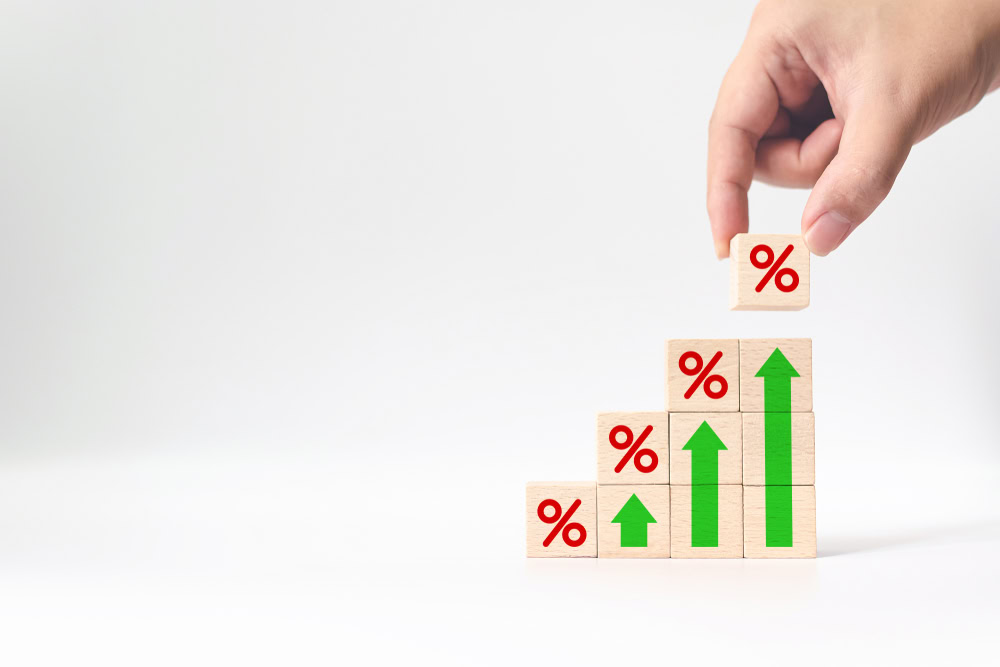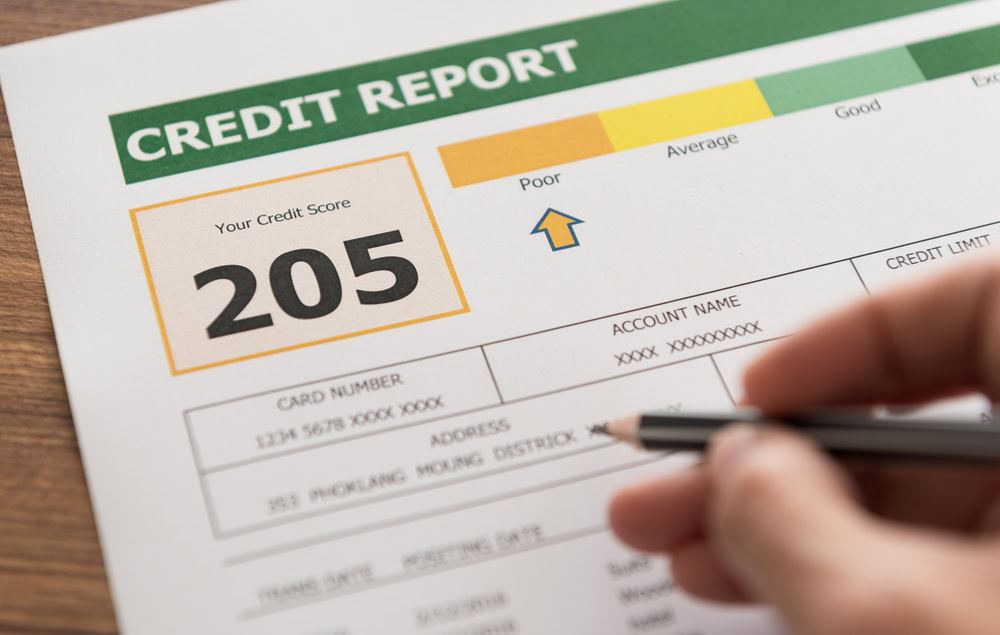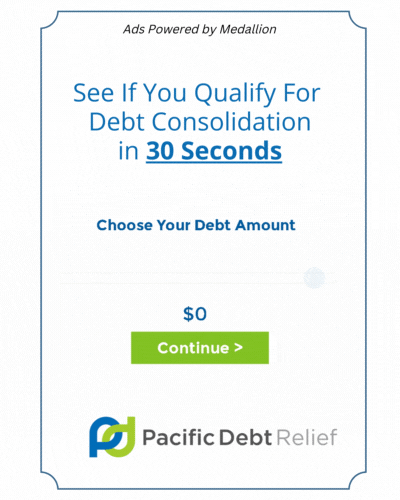Debt can feel like a heavy burden to carry, especially when it’s spread out across multiple credit cards or loans. According to a 2021 Experian report, Americans with credit cards have an average debt of $5,525 – and that doesn’t even include other debts such as mortgages, car loans, or student debt. The task of paying off debts at the same time can be incredibly challenging for many consumers.
It can be difficult to prioritize debt repayment when you have multiple outstanding balances. While you should always make at least the minimum monthly payment on each debt you owe, you may want to consider paying off debts with the highest interest rate first. This will save you money in the long run and help get your debts under control more quickly.
There are many things to consider when trying to pay off debt, but some methods may be more effective than others. Making small monthly payments across all debts can end up costing more in interest over time. It is important to pick a debt repayment method and stick with it to become debt-free.
Paying Off Debts With The Highest Interest Is The First Option

- Key advantages: Allows you to save money and redirect funds to other financial goals.
- Key drawbacks: When you’re trying to pay off debt, it’s important to focus on the debts with the highest interest rates first. Otherwise, you’ll end up paying more in interest and it will take longer to get out of debt.
- Best for: Minimizing the amount of interest you pay.
Paying off your highest-interest debt first is smart, as it will save you the most money in the long run. Credit cards with high-interest rates can be challenging to pay off, so it’s essential to focus on those debts first. Anyone with a student loan or mortgage knows how frustrating it can be to make monthly payments that only go toward the interest, not the principal.
Debt can be a heavy burden, but you can get rid of it more quickly by first focusing on the debt with the highest interest rate. This is commonly known as the avalanche method. Keep making the minimum monthly payments on all of your debts, but put every extra penny you can toward the one with the highest interest rate. With some dedication and effort, you can be debt-free in no time.
There is no one-size-fits-all approach to paying off debts. Some people may benefit from focusing on their highest-interest debt first, but this isn’t necessarily the best option for everyone. For example, those who are making monthly payments on multiple debts may not have extra money available to put toward their highest-interest debt. Additionally, the avalanche method can be discouraging for those with a large debt, as it may feel impossible to pay it off.
Example
Assume you have the following debts:
- Credit card 1: $500 balance and 15 percent APR
- Credit card 2: $1,000 balance and 21 percent APR
- Auto loan: $20,000 balance and 5 percent APR
- Personal loan: $5,000 balance and 8 percent APR
- Student loan: $12,000 balance and 7 percent APR
You’ll make the minimum payments on all your accounts, but apply any extra funds leftover for the month to credit card #2 since it has the highest interest rate. Once it’s paid off, you’ll continue the same pattern by focusing on credit card #1, followed by the personal loan. Repeat this cycle until all the balances are paid in full.
Option 2: Start By Paying Off Your Smallest Debt
- Key advantages: Helps build motivation and encourages you to stick with the plan.
- Key drawbacks: It may take longer to become debt-free, and you could pay more in interest.
- Best for: People who struggle to stay motivated can benefit from paying off debts in this way.
Debt repayment can be a daunting task, but there are different methods people can use to approach it. Some people choose to tackle the debt with the highest interest rate first, regardless of the size of the debt. Others may choose to pay off their smallest debt first and work their way up to the largest one. This method, popularized by financial guru Dave Ramsey, is called the debt snowball because it starts small and grows over time.
Paying off debts in full can be a great motivator to keep working towards your financial goals. When you pay off smaller debts one by one, you’ll have more money to put toward larger debts. Although you may end up paying more in interest this way, the psychological benefits of getting rid of debt can be advantageous.
Start your debt snowball by listing all of your current debts from the low balance owed to the high. While making the minimum monthly payments on all debts, put extra money towards the smallest debt. Once that debt is paid in full, direct your extra money towards the next smallest debt until it too is repaid. Continue this process until you are completely debt free. The larger your debt snowball becomes, the closer you will be to financial freedom.
Example
Using the same figures above, you’ll start by focusing on credit card #1 since it has the lowest balance. After it’s paid off, you’d move on to credit card #2 followed by the personal loan.
But like the debt avalanche method, you should continue to make timely minimum payments on all your other debt balances.
Option 3: Make Sure You Pay Off Debts That Affect Your Credit Score The Most

- Key advantages: You’ll have more opportunities to qualify for lower APRs.
- Key drawbacks: Focusing on your credit score may also require lifestyle changes.
- Best for: People looking to finance a large purchase, such as a house or a car.
Your credit score is like your financial blood pressure. Just as you need to monitor your blood pressure regularly, you need to keep an eye on your credit score. Your credit score can give lenders a good idea of how well you manage your finances. It’s influenced by factors such as how much debt you have, the number of open credit lines you have, and your payment history.
For large purchases like a new home or car, you’ll need a good credit score and a favorable credit history. Lenders will look at how much of your credit limit you’re using (credit utilization) – it should be under 30%. Accounts should be current, without any delinquent payments. Otherwise, a mortgage loan officer or other lenders may reconsider offering you a loan.
A strong credit history signals to potential lenders that you are a responsible borrower, which can lead to lower interest rates and better loan terms. Having a good credit score also gives you access to more financial opportunities, such as higher credit limits and attractive offers from banks and other lenders. So it’s important to take steps to improve your credit rating.
It is important to focus on your credit score and make changes to your lifestyle to reduce debt. This may include giving up some of the things you enjoy, like daily takeout lunches and impulsive shopping. However, making these sacrifices can help improve your credit score and overall financial situation.
Example
Assume you have the following credit card and loan balances:
- Credit card #1: $750 ($1,000 credit limit)
- Credit card #2: $1,500 ($3,000 credit limit)
- Credit card #3: $250 ($2,500 credit limit)
- Auto loan: $25,000
- Student loan: $15,500
Since your credit utilization significantly impacts your credit score, you’ll want to pay down credit cards with high utilization rates. Start by focusing on those with utilization rates over 30 percent. In this case, two cards fit the criteria — credit card #1 with a utilization rate of 75 percent and credit card #2 with a utilization rate of 50 percent. Reducing the utilization of these two will give you the best chance at improving your credit score, assuming you pay all your other bills on time.
Option 4: Using A Balanced Approach
Key advantages: There are many advantages to creating your debt repayment plan. One of the biggest advantages is that it allows for more flexibility in case of an emergency.
- Key drawbacks: Without a clear strategy, it could cause you to lose motivation and energy.
- Best for: People who need to stay motivated.
When it comes to debt, you may feel like you need to attack the largest one first. However, smaller debts can wait compared to more pressing circumstances, like debts that have gone into collections. Additionally, some debts offer tax deductions for the interest you pay – such as student loans or home equity loans used for home improvement. These types of debt may not be as pressing and can fall lower on the order of importance.
There is no one-size-fits-all when it comes to debt repayment. You will need to take a balanced approach that works best for your situation. You can use any of the three debt repayment options we mentioned, in whichever order you prefer. For example, you could eliminate a debt that’s in collections before paying down your credit card, making only minimum payments on your other accounts in the meantime.
Example
Using the same figures above, you could start by paying off credit card #3 as it has the smallest balance to build momentum. Or you could start with the debt with the highest monthly payment or interest and work your way down. It may also be more sensible to divide the extra funds you have each month by five and apply a little extra to each debt. Ultimately, you have to develop a sustainable strategy so you won’t lose interest during the payoff process.
Option 5: Debt Consolidation

- Key advantages: Debt consolidation could save you money on interest, simplify your financial life and help get debt-free faster.
- Key drawbacks: There could be up-front costs, and there’s a chance you may not qualify for a lower interest rate.
- Best for: People making multiple monthly payments with high APRs.
There are a few different ways to consolidate your debt into one monthly payment. One option is to transfer your existing credit card balances onto a balance transfer credit card. Many of these cards come with 0% APR introductory periods that can last up to 21 months. This gives you plenty of time to start paying off debts without accruing any interest on your transferred balance.
Debt consolidation is a great way to save money and get out of debt faster. There are many different ways to consolidate your debts, but one of the most effective methods is to take out a home equity loan or line of credit. Remember, consolidating your debts can help you get out of debt faster and save money on interest payments, so it’s worth considering all your options before making a decision.
Final Thoughts
There are many different ways to pay off debt, and choosing the right method for you can be difficult. However, there are several methods to choose from, or you could combine any of these strategies to create a plan that would work well for your financial situation and keep you motivated. Make sure that whatever plan you choose is realistic for you, put it in writing, and commit to taking action and sticking with the plan until you reach your goal.








